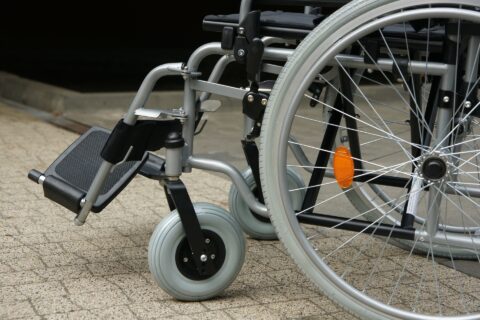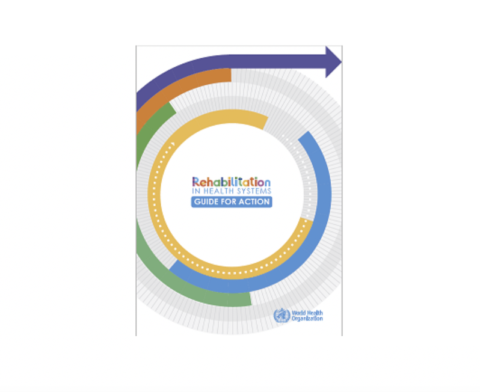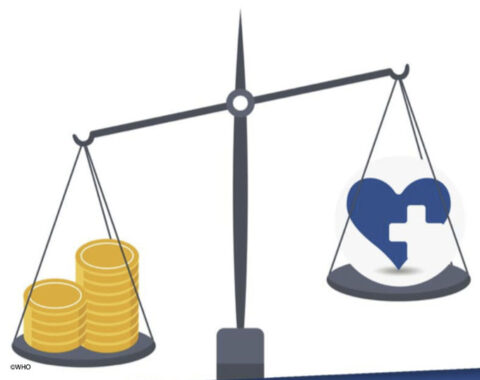
The Path Ahead for GPZL’s Resource Mobilisation Efforts
Resource mobilisation is a key part of the function of the partnership, and GPZL is actively working to increase the alignment of existing leprosy funding and to identify and secure new funds. A partnership and resource mobilisation strategy is being implemented, with strategic guidance from the GPZL leadership team and senior fundraising experts. Funding opportunities will be identified, and collaborations developed around both the Zero Leprosy Research Agenda priorities and the National Zero Leprosy Country Model scale-up.
During its inaugural meeting in Colchester, UK, the Leadership Team articulated core values for advocacy and resource mobilisation. They noted that the strategy must focus on bringing additional resources and leveraging existing resources where feasible. Funding to ensure the successful implementation of the GPZL’s common goals, outlined in the research agenda and toolkit, will be a priority. The GPZL will not take funds away from existing efforts nor compete for funding with its members. The GPZL will focus on funding for shared, new priorities including advocating for the importance of additional resources to those working in leprosy (including government agencies and NGOs). Many GPZL member organisations will be valuable technical assistance leaders in strategies to get to zero leprosy.
Funding for the research agenda’s priorities is a major focus. Unlike other neglected tropical diseases like Lymphatic Filariasis and Schistosomiasis, which had a single donor agree to fund a complete research agenda and to convene the group preparing that agenda, leprosy research has not received long-term, large scale funding from a single donor. However, key research priorities can be developed as stand-alone protocols and can also be inserted into larger implementation proposals as critical research questions.
Funding for implementation of the country model is also important. The GPZL is currently working on an application to the Audacious Project and Grand Challenges Canada. They are also finalising a proposal to the MacArthur Foundation’s 100&Change project. This proposal, being developed with the Leprosy Mission International and interested ILEP Members, proposes to work with eight countries to reduce leprosy transmission by 50% over five years while promoting human rights and inclusion through peer-to-peer initiatives led by members of IDEA and global associations of persons who have experienced leprosy. Together these activities would result in achieving the WHO global target of no child cases by 2030.
Reposted with permission from The Global Partnership for Zero Leprosy – originally published 24 July 2019 here.



